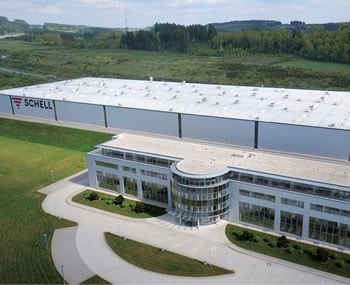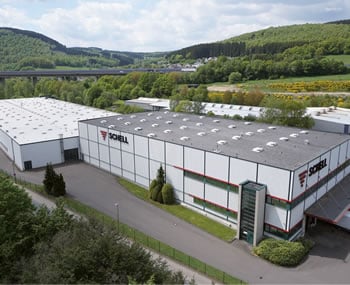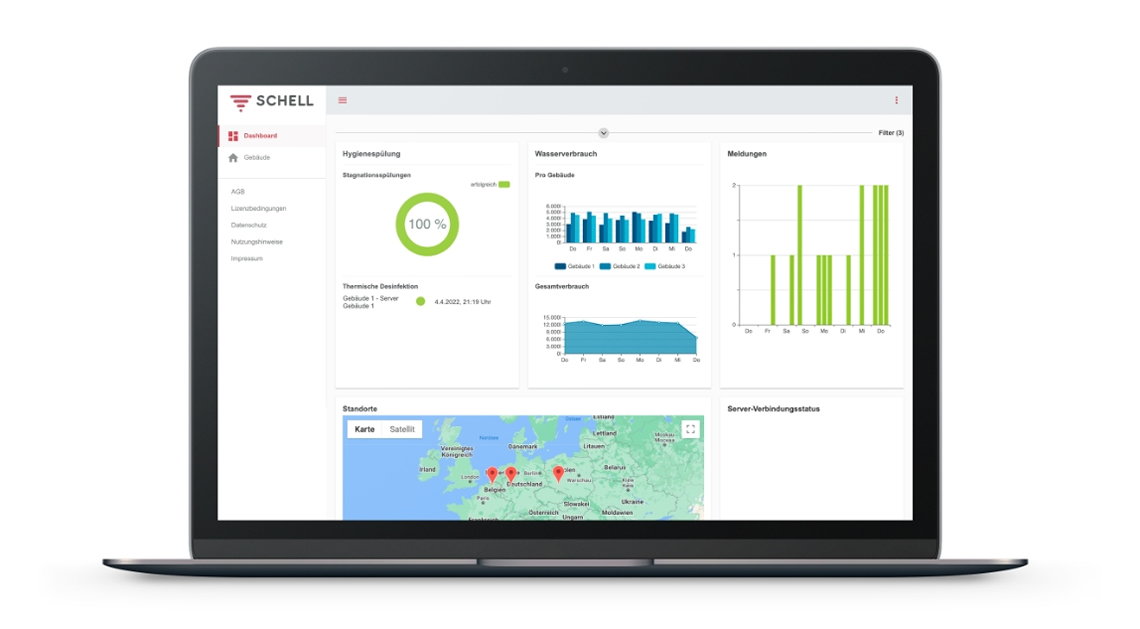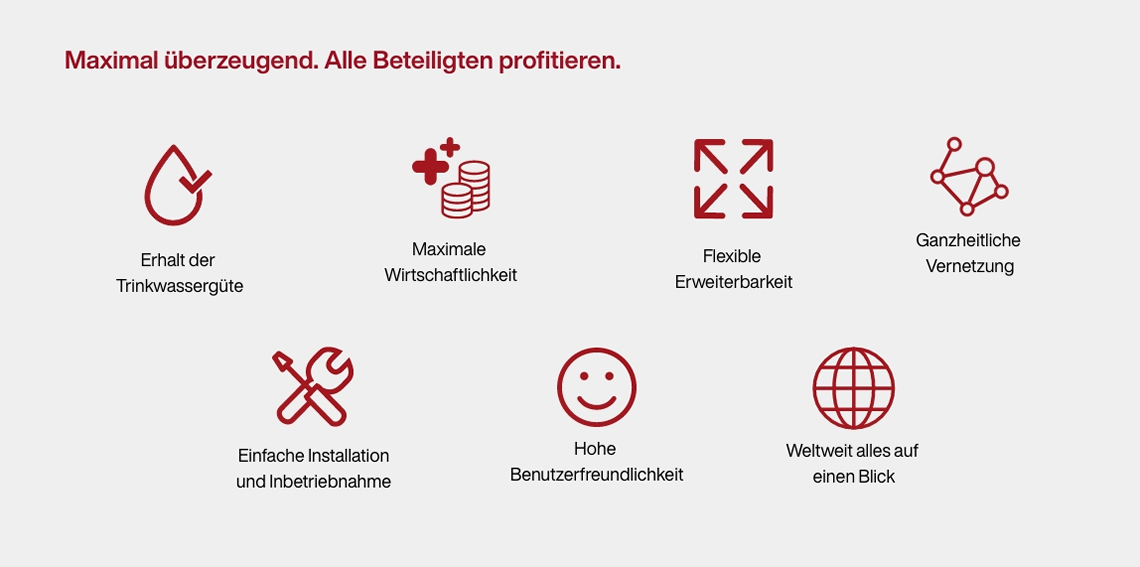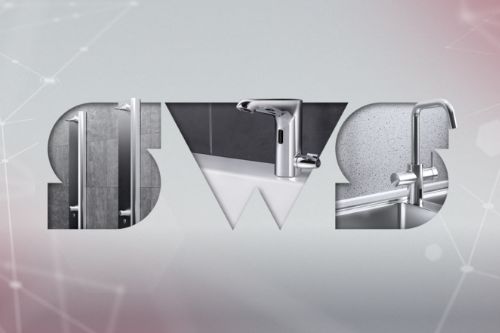Workload optimisation with remote building management: automated drinking water management with SWS and SMART.SWS
From sports facilities to schools and offices, the 2023 German Drinking Water Regulation (TrinkwV) requires building operators to ensure that drinking water does not contain any pathogens “at concentrations that would raise concerns about harm to human health” (TrinkwV, section 6). As a preventive measure to avoid critical levels of Legionella, Part 1 of the German VDI 6023 code of practice stipulates a complete exchange of the water in a drinking water installation, across all tapping points, every 72 hours. If this cannot be achieved during normal operation, additional flushing measures are needed – using water management systems, for example. Due to the ongoing lack of skilled staff in facility management, the digitalisation of building systems to enable their remote administration is becoming increasingly important. Help is at hand here from solutions such as the SMART.SWS online service from SCHELL. SMART.SWS enables convenient monitoring and administration – including remote management – from a PC, tablet or smartphone for one or more SCHELL SWS Water Management Systems, together with all of their networked subscriber devices, and across all properties.
Cost-effective operation and management of drinking water installations: challenges facing operators and facility managers
Time is money when it comes to the day-to-day tasks of operators and facility managers. As in many industries today, a shortage of skilled specialists is a major problem. In the field of drinking water management, operators and facility managers also face additional challenges and duties that need to be managed both efficiently and reliably within short timeframes.
Operators must…
Facility managers must…
- …organise stagnation flushes to ensure an exchange of water if the drinking water installation is seeing low levels of use.
In fulfilling these duties, the digitalisation of building systems and digital system solutions that can be optionally integrated into the central building control system are playing an increasingly important role. Water management systems such as SWS from SCHELL together with online services such as SMART.SWS also offer valuable help here, as they enable automatic stagnation flushes to maintain drinking water quality while offering remote administration, management and record-keeping for one or more buildings from anywhere in the world. Both new developments and existing properties are supported:
- In new developments, digital system solutions such as SWS and its complementary SMART.SWS service can be incorporated during the planning phase.
- In existing properties, SWS and SMART.SWS can be easily retrofitted and integrated into the building management system.
SWS and SMART.SWS: a winning duo for time- and cost-saving drinking water management
While the legal requirements for water exchanges can be implemented using manual stagnation flushes, this is extremely wasteful in terms of time, personnel and costs. In larger building complexes with many tapping points, this can quickly become a Herculean task for facility managers. Delegating these exchanges of water to the SCHELL SWS Water Management System is a much more time-saving and efficient approach. Once appropriately programmed, this system conducts automated stagnation flushes based on time or temperature and thereby effectively lowers the risk of Legionella contamination. The process involves networking all electronic fittings in the building into flush groups on the server, which can then be activated at the same time.
To maximise cost-effectiveness while reducing workloads still further for the management of multiple water management systems, SCHELL offers its SMART.SWS cloud solution. This online service enables straightforward, real-time remote monitoring for all SWS Water Management System servers and runtime parameters, across all buildings and from anywhere in the world.
Compliance – peace of mind for operators with SMART.SWS
In SMART.SWS, all key data and operating parameters – such as stagnation flushes, temperature curves, water volumes and battery levels – are clearly visualised in the form of easy-to-understand diagrams. This allows operators to inspect and remotely manage the networked SWS servers in all of their properties instantly and at a glance – getting their facility management team involved as necessary – while out and about or working from home, and from any internet-capable device. Thanks to the end-to-end logging of all relevant data, operators have ready access to proof that they have taken the necessary steps to maintain drinking water quality. Unlike manual flushing, drinking water management with SWS and SMART.SWS is especially economical with water – and therefore more cost-effective.
All at a glance, from anywhere at any time: clear-cut visualisations of stagnation flushes, temperature curves and much more.
Colour-coded pie charts on the SMART.SWS dashboard offer a quick overview of completed stagnation flushes and thermal disinfections. Easy-to-understand bar charts also display the calculated water consumption – per building and as an overall volume – over the course of one week. System notifications received from the networked water management servers are uploaded directly to SMART.SWS and also shown on the dashboard. This makes it possible to respond promptly and adjust configuration files as necessary. Another menu level provides a view of individual SWS servers. If temperature sensors have been deployed, a temperature curve diagram is also displayed. Deviations from the norm are also shown, indicating potential risks to hygiene. If water temperature readings drop below or rise above these limits, the intelligent SCHELL SWS Water Management System, appropriately programmed, can take action automatically and carry out the flushes needed – even before Legionella concentrations reach critical levels and necessitate a full-scale risk appraisal. This avoids the potentially time-consuming and expensive follow-up actions required to maintain drinking water quality.
More efficient maintenance planning: cutting costs and lightening the load for facility management
Another benefit provided by SMART.SWS is the optimised planning of maintenance activities. Thanks to the clear-cut presentation of servers and networked subscribers, operation of the drinking water installation can be coordinated with the needs of the respective property, and maintenance work such as replacing batteries on electronic fittings can be planned and completed more efficiently. This cuts costs and streamlines personnel deployment to free up resources for other activities.
Benefits of SMART.SWS and SWS at a glance
SMART.SWS:
- Facility management of all buildings from anywhere in the world
- Instant, real-time monitoring of all SWS systems
- User-friendly visualisation of all data and additional data records
- Easy remote monitoring and management
- Optimised planning of maintenance activities
- Effective time and money savings
SWS Water Management System:
- Optimum support for maintaining drinking water quality, thanks to automated stagnation flushes and temperature monitoring
- Maximised cost-effectiveness by reducing time, costs and personnel workloads
- End-to-end record-keeping
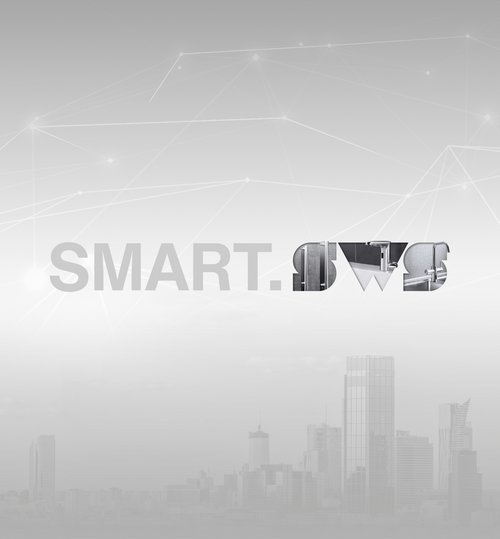
![[Translate to English:] [Translate to English:]](/fileadmin/_processed_/1/b/csm_symstemloesungen_e2_thumb_6bca267f26.jpg)
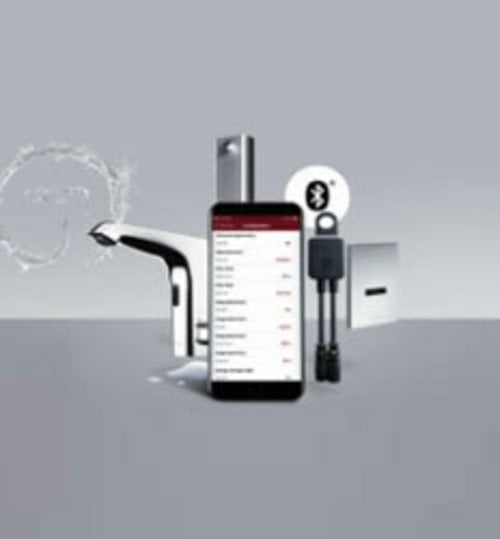
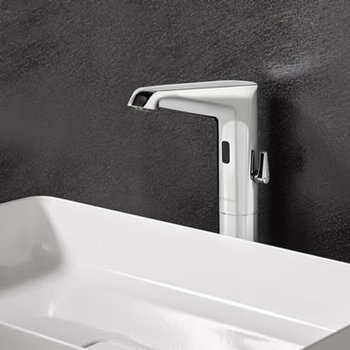
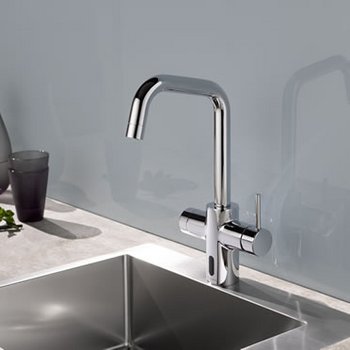
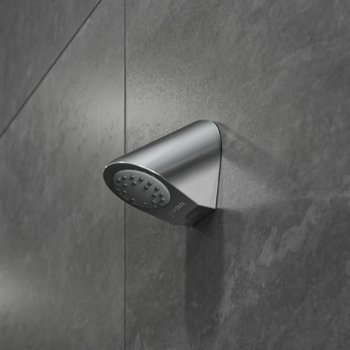
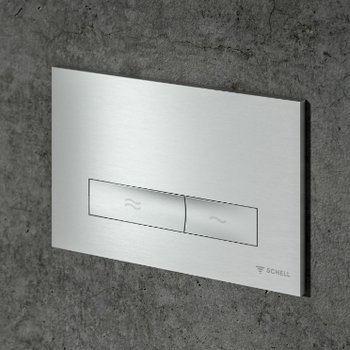
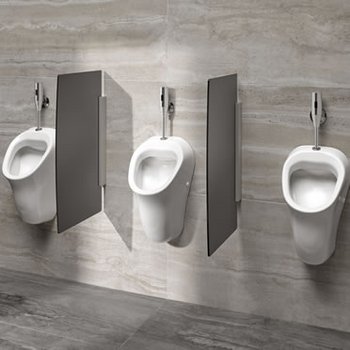
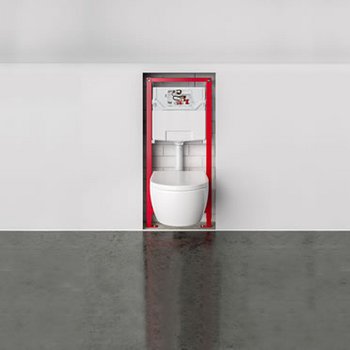
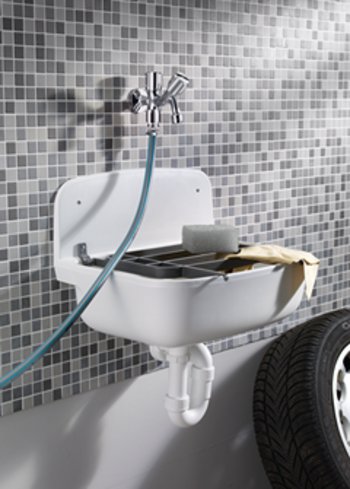
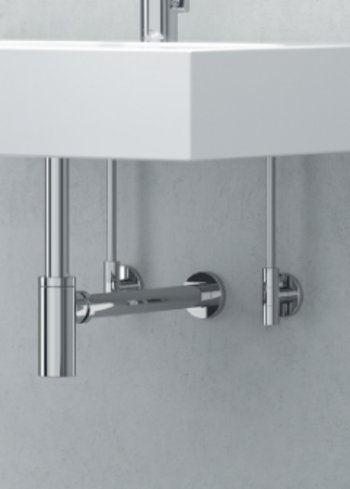
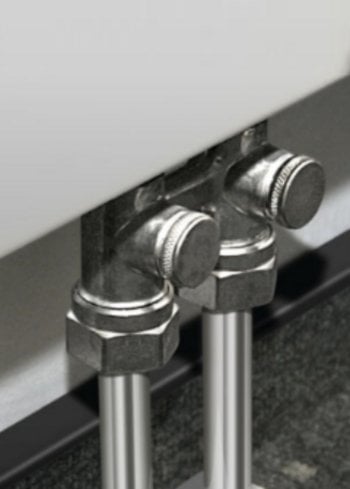
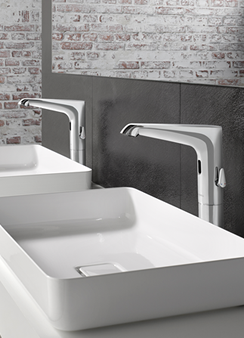
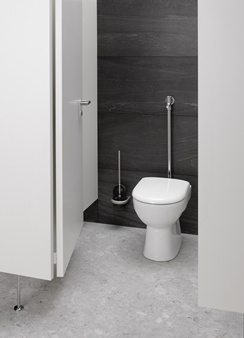
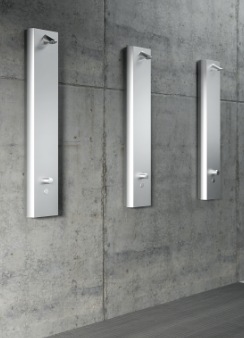
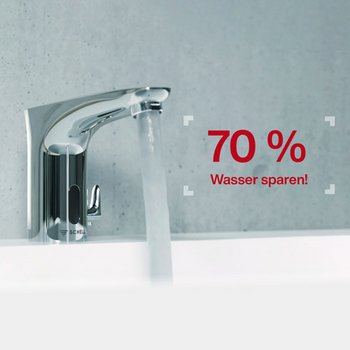
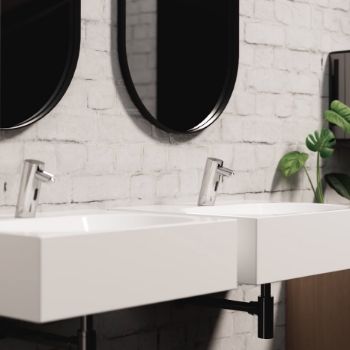


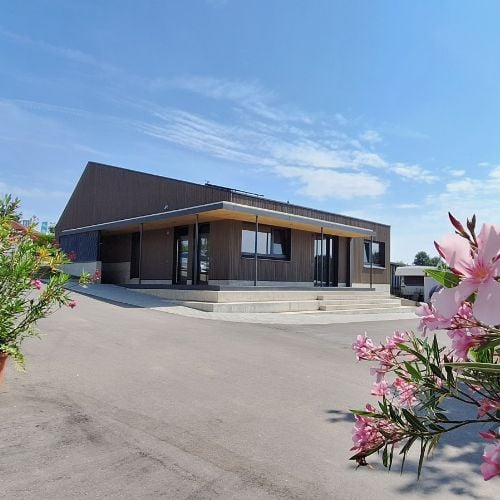
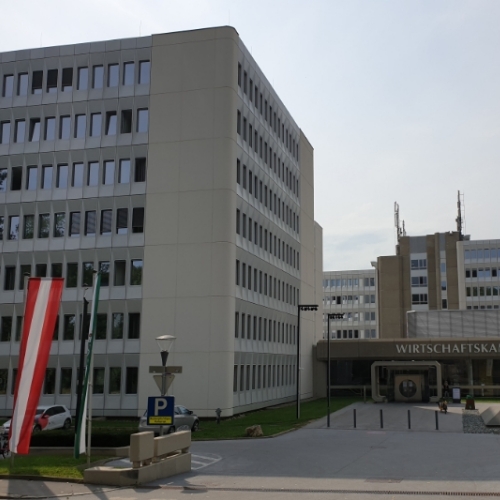
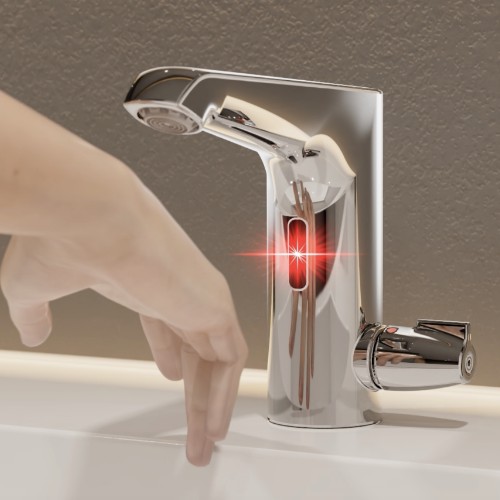
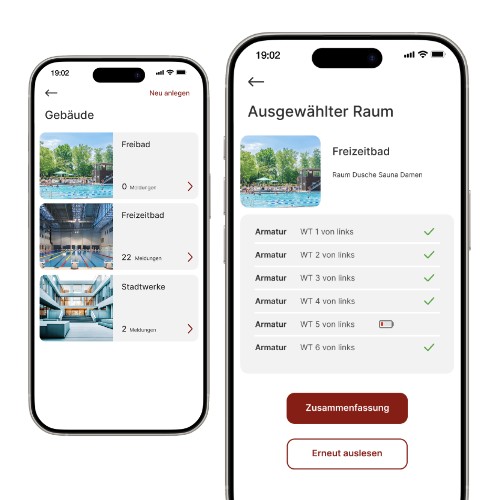
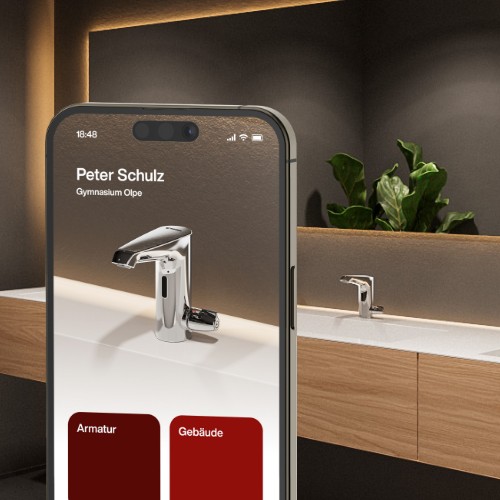
![[Translate to English:] [Translate to English:]](/fileadmin/user_upload/images/menu/menu_service_downloads_broschueren.jpg)
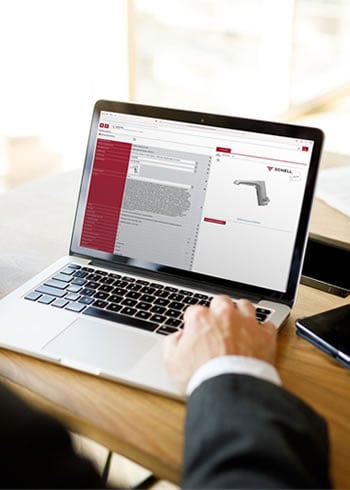
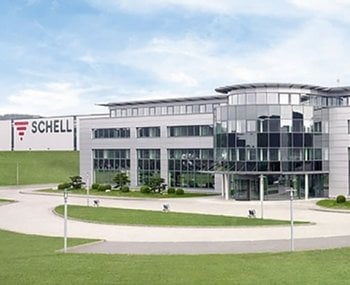


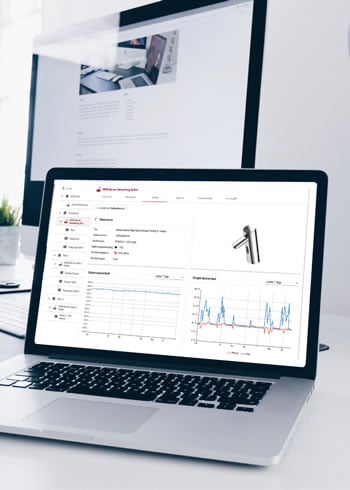


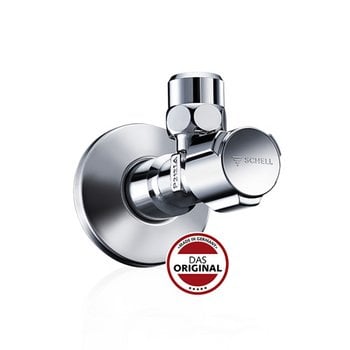
![[Translate to English:] [Translate to English:]](/fileadmin/_processed_/7/7/csm_menu_unternehmen_ueber-schell_awards_f6cec25b1d.jpg)
![[Translate to English:] [Translate to English:]](/fileadmin/_processed_/a/0/csm_menu_unternehmen_ueber-schell_wasser-sparen_41036d2dd9.jpg)


